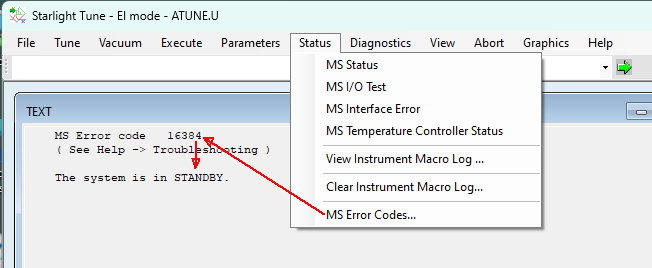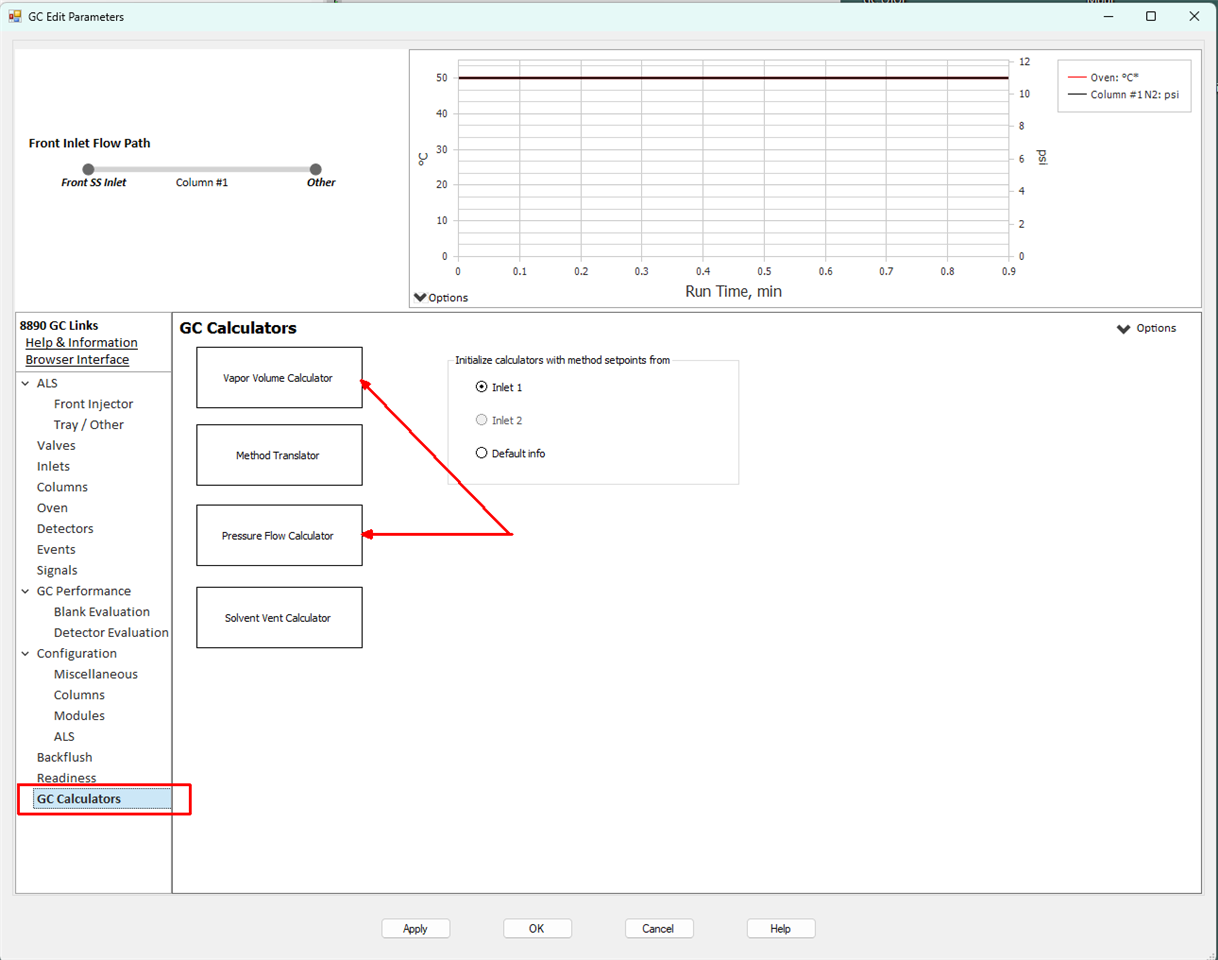I am running a 7890A with a 5975C, using a Gerstel MPS PAL LHX2H-xt using Gertel Maestro, and MSD Chemstation G1701EA E.02.01.1177
Several times now, I have started a sequence successfully, collecting the first data file, but when it gets to the second injection it stops the run with:
Fatal sequence error detected.
1101,"({SP00} :RUN:RDY ON;): Mass spec fault during acquisition: 16384"
I thought that 16384 was a communication error. It seems that the Mass Spec does not communicate with the GC according to the PING on the front of the MS, but I thought since they are both connected to Chemstation that they communicate through the msinsctl.exe
After the first one, I power cycled the MS and the computer. I was able to run an air and water check afterwards and the filament turned on fine. It started another run without turning on the filament. I requested to run the method from the 5975 soft key and it worked fine (although it overwrote the last data point from the previous batch!?!).
Nothing major happened since the last successful batch. We likely had to vent it due to our too-frequent, scheduled power outages, but the vacuum is in the low 6s with really low atmospheric gases.


